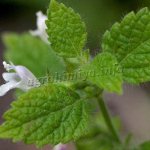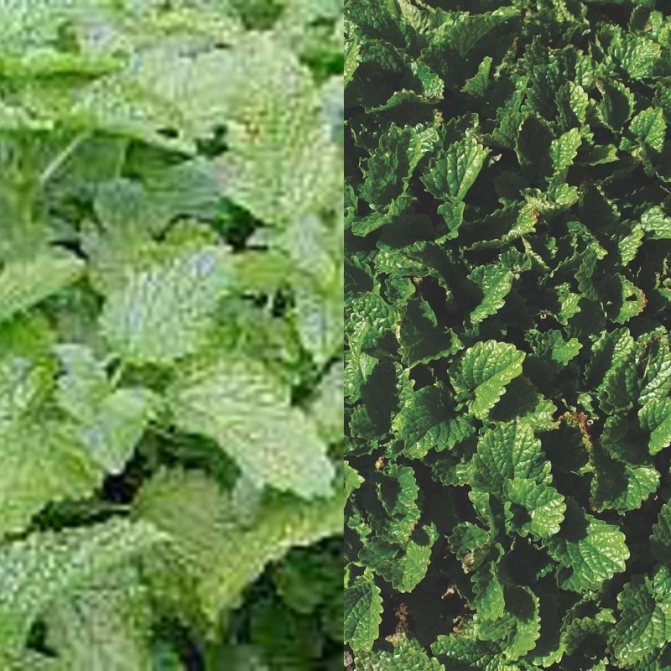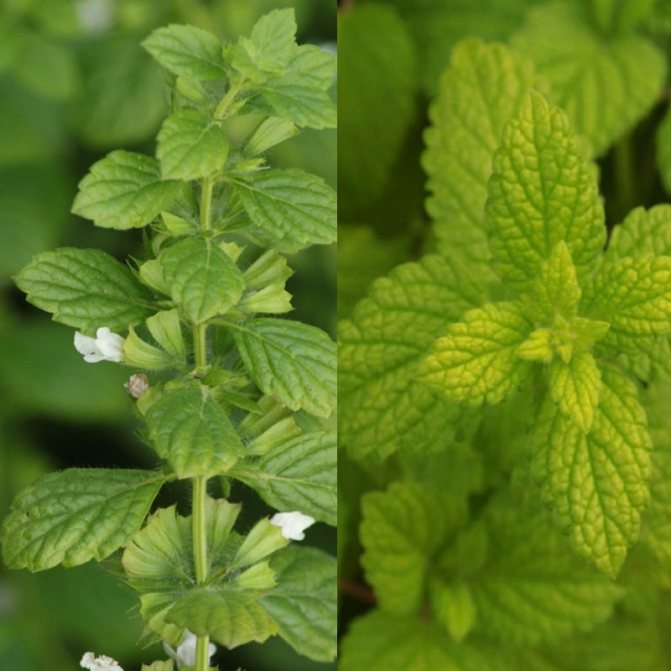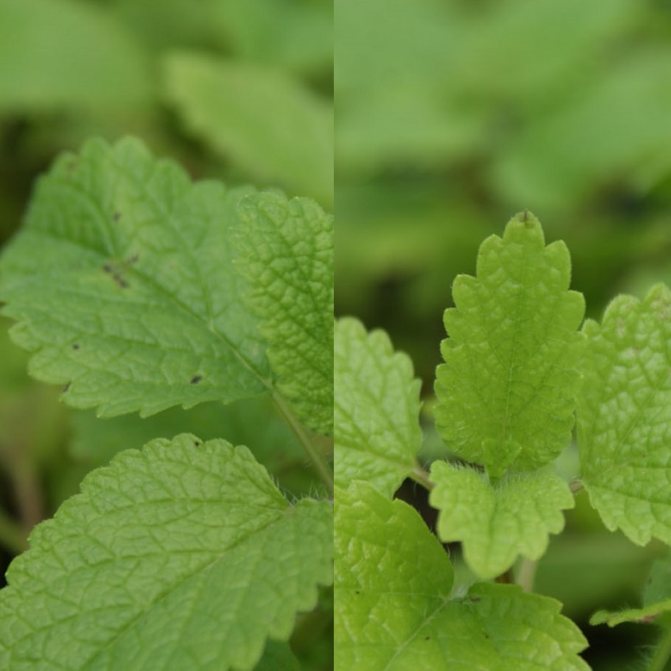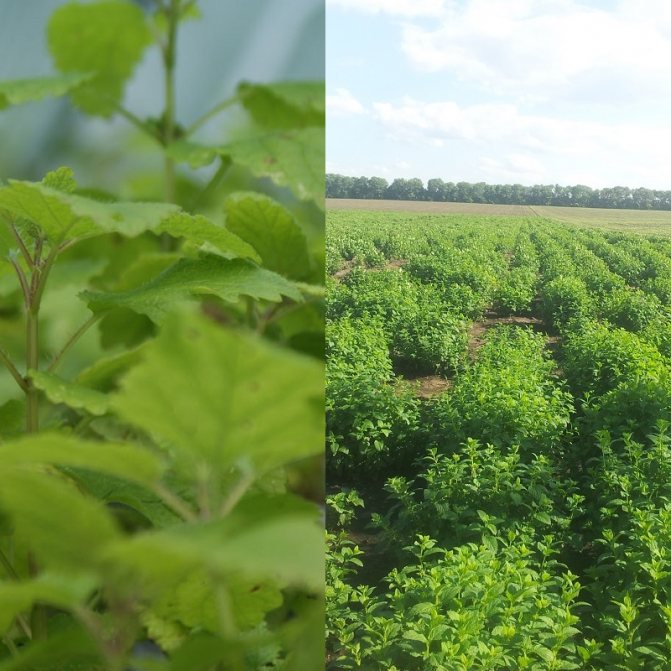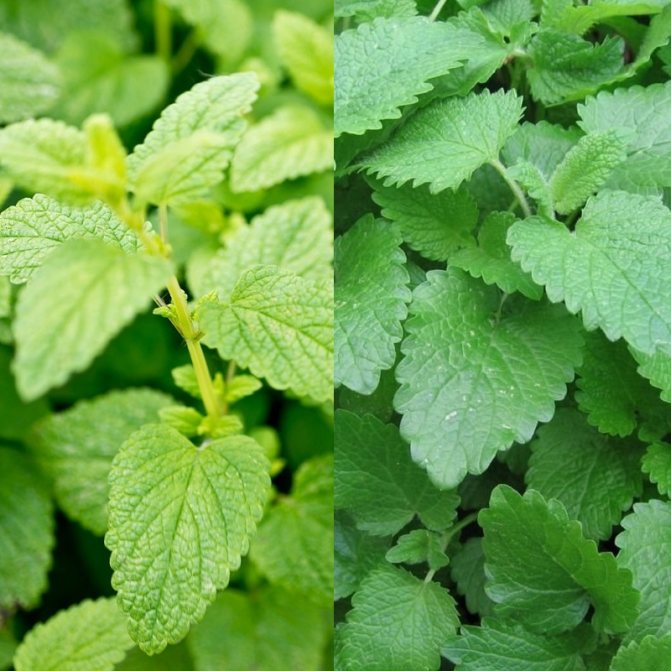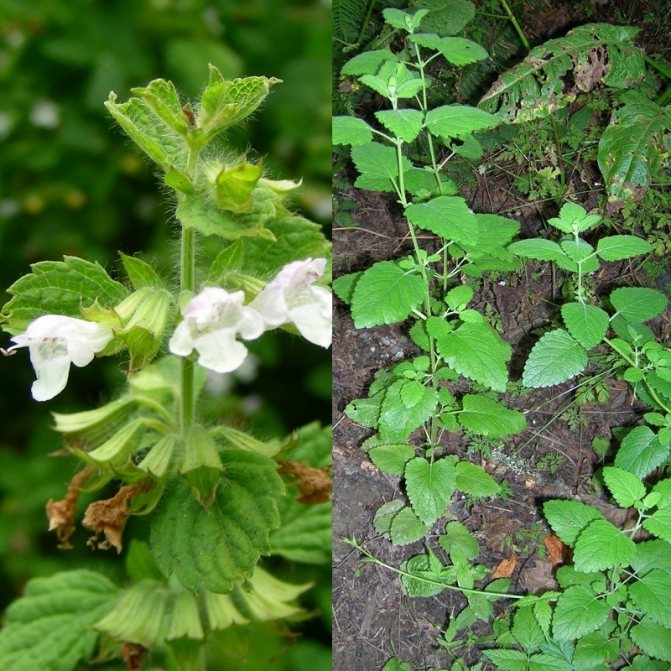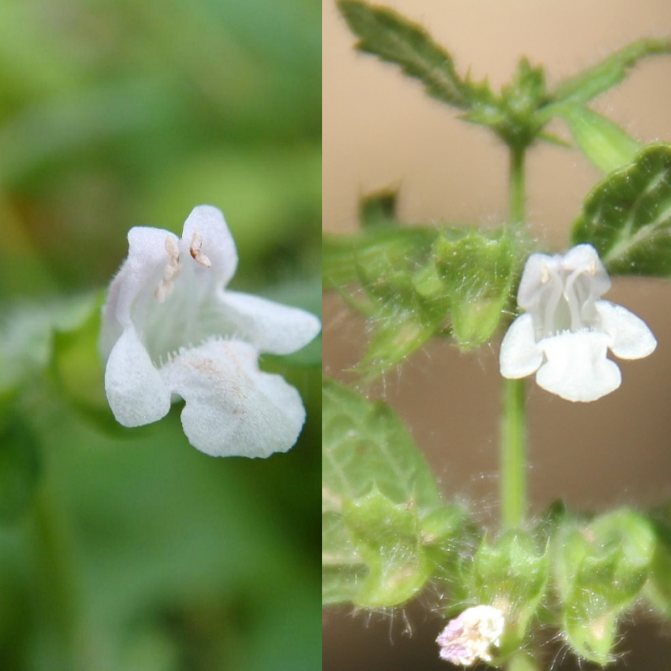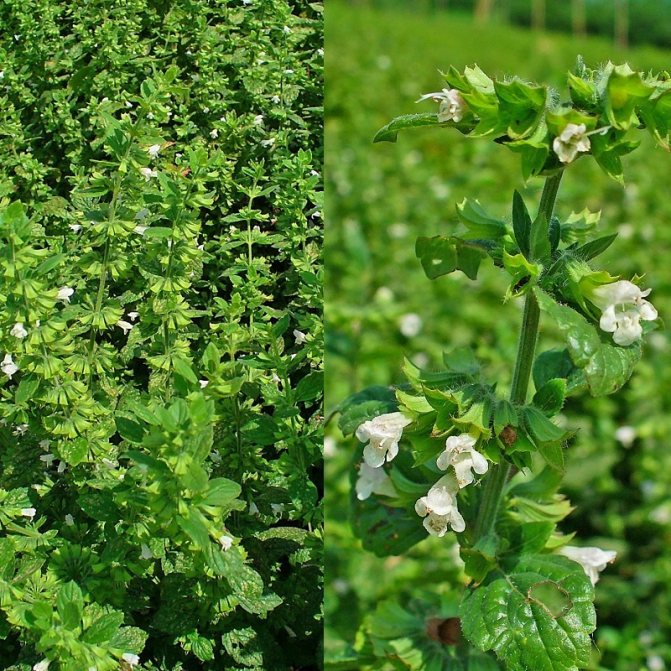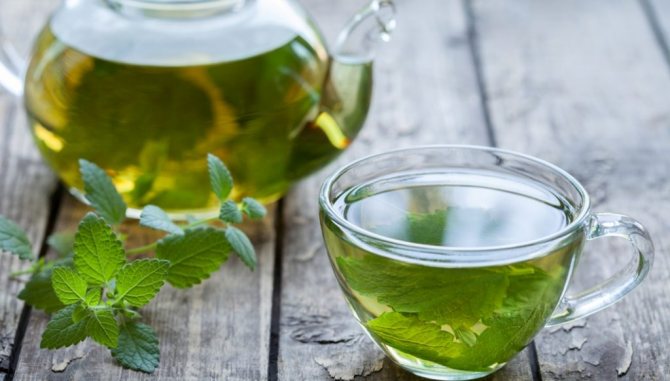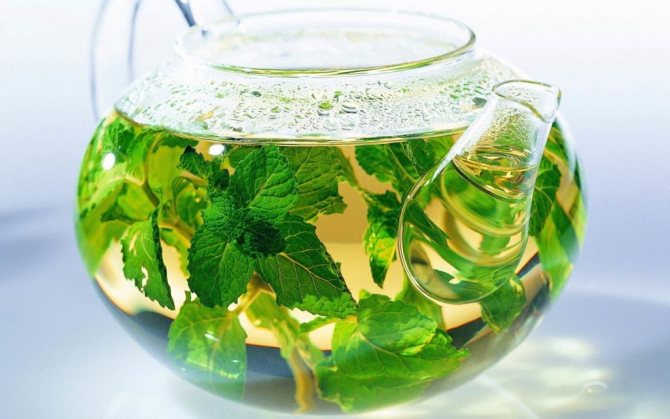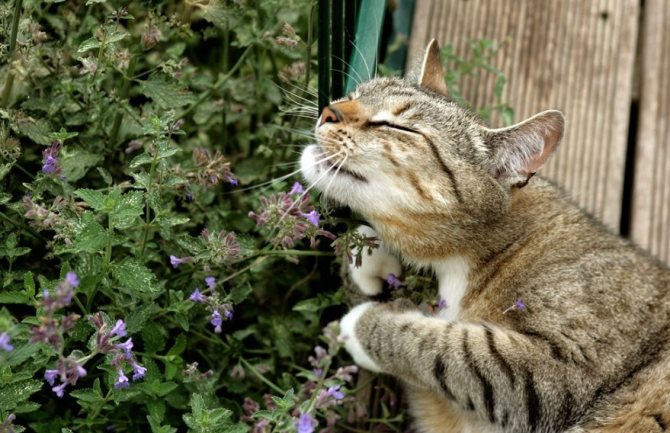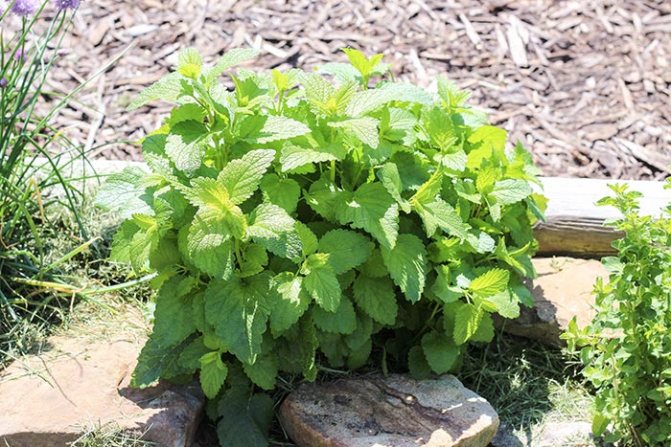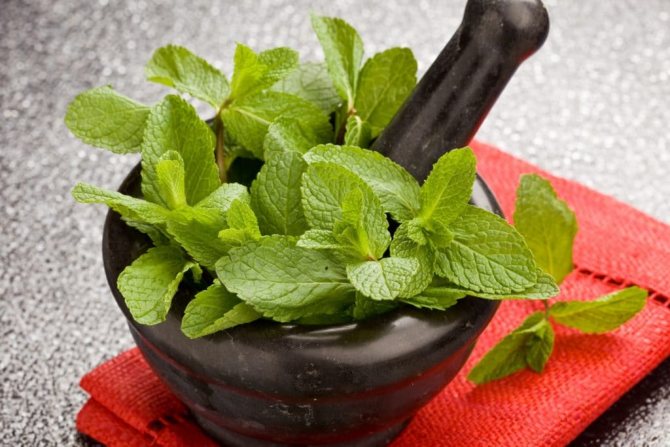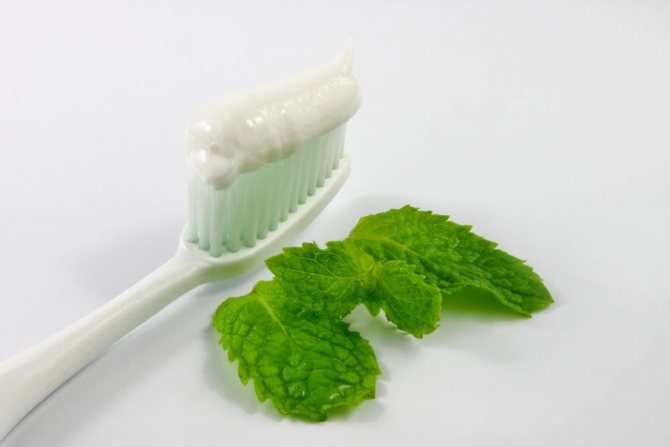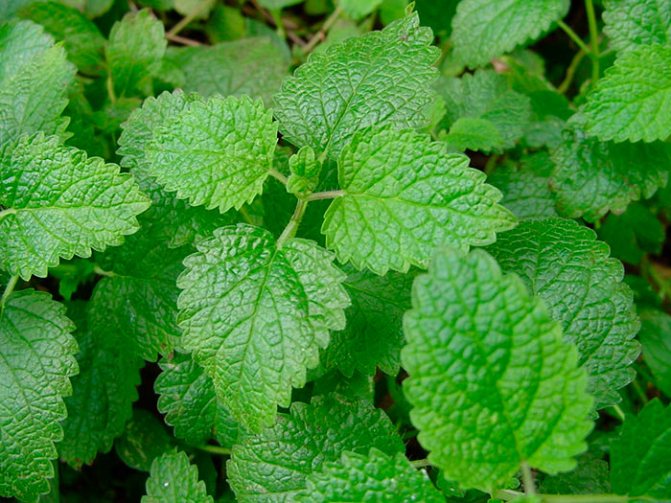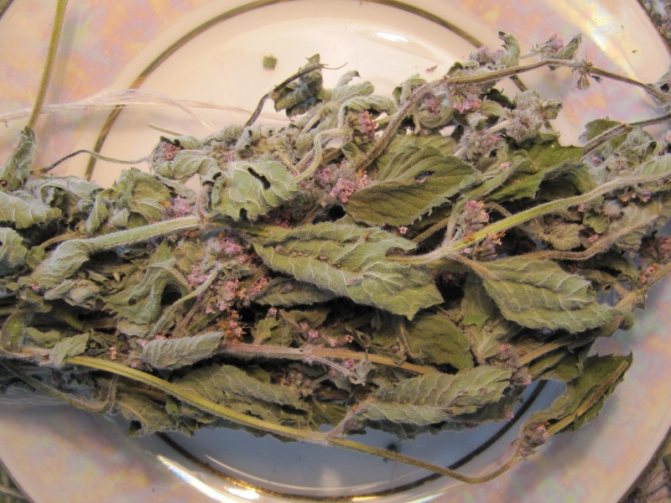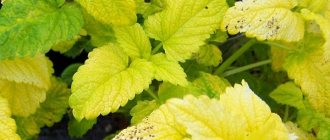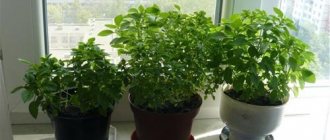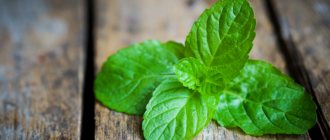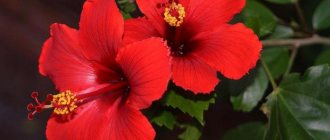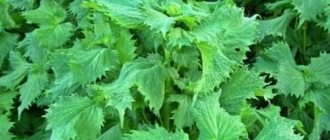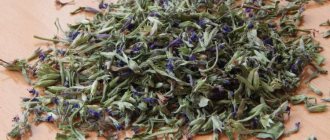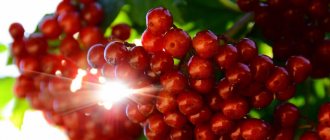How to grow lemon balm?
To begin with, you should choose a suitable place for lemon balm. Lemon balm is a rather unpretentious plant; it prefers loose, loamy or sandy loam soil, sufficiently fertilized. You should not "settle" bushes near a water source - lemon balm prefers drier places, and from the abundance of moisture it can get sick and die. If you plant lemon balm in the shade of trees, then, of course, it will survive, however, the smell from its leaves will be less intense. Less essential oil will accumulate in greens, namely, it is the most valuable component of lemon balm. And the bushes will not grow so tall and lush. Partial shade is fine.
When choosing a place, be sure to keep in mind that lemon balm is a perennial plant. The bush can live up to ten years! In the fall, dig up the area intended for lemon balm to a depth of twenty centimeters, and fertilize with manure. In the spring, you can take a chance and plant seeds directly in the open field, but this is a risky business. The seeds are planted no deeper than one and a half centimeters. If you plant lemon balm with seeds, then do not expect flowers from it in the first year.
It is most preferable to plant lemon balm seedlings. To do this, around the end of March, sow the seeds in cups or a box and place it on the windowsill.

Photo of blooming lemon balm
You can sow lemon balm seeds in a greenhouse. When planting seeds for seedlings, sow them not deeply at all, about half a centimeter. Then the seedlings will be more friendly. Discharge the emerging plants so that there is space between them, otherwise they will interfere with each other. There should be gaps of about five centimeters between the shoots. Little melissa loves a lot of light. Keep the box with seedlings on the lightest windowsill, and on warm sunny days, take out to breathe on the balcony. It will not be superfluous to add some nitrogen fertilizers.
Seedlings are planted in open ground at the age of one - one and a half months. Small bushes are afraid of frost, so plant them when the risk of frost is minimal. Bushes are planted at a distance of thirty centimeters from each other, and between the rows it is necessary to leave more space - sixty centimeters. Lemon balm care consists in loosening the soil and removing weeds. Watering should only be done if the summer is very dry. Melissa loves feeding, but do not feed the plant before flowering, as this prevents the seeds from ripening in time.
Peppermint for men
In many families, this herb has settled as a family drink. Mint is loved not only by women, but also by men. This plant has medicinal properties for the stronger sex, and all contraindications regarding a negative effect on potency are just rumors.
There is no scientifically proven information that peppermint can reduce male strength. Even many healers disagree on this point. The negative effect on male potency is due to the sedative effects of the herb, but this effect has not been confirmed by official medicine. Many can only heed the prompts of generations. To keep your thoughts from bothering you about poor libido, you should not get carried away with excessive consumption of mint drinks.
How to propagate lemon balm?
Check out these articles as well
- How to transplant Dracena
- Freesia - planting and care
- Fertilizer HB 101
- Zemklunika Merchant
Lemon balm bush can be propagated without resorting to sowing seeds. Bend a few lemon balm twigs to the ground and sprinkle it with earth, they will take root, in the spring you can separate them from the main bush and plant. This procedure should be carried out in early summer. Do not forget to water the soil with which you sprinkled the twigs, otherwise they will not take root.
Another way to propagate an old lemon balm bush is by dividing the bush. The procedure should be performed in early spring, when shoots are just emerging. The bush should be cut into approximately equal parts so that at least four shoots extend from each part. Only a bush that is at least three years old can be divided into parts.
So that lemon balm overwinters well, and the rhizome does not freeze, it can be covered with foliage fallen from the trees.
Our readers recommend reading: how to properly cut gooseberries, how to feed strawberries in the fall, a description of the best varieties of strawberries.
When to collect mint
Collecting mint is carried out in dry weather at the time of full flowering, when the largest amount of substances useful for the body is concentrated in it. For drying, cut off the upper part of the plant and clean it of debris.
How to dry mint at home? - the plant is laid out in a thin layer or suspended in bunches and dried in a well-ventilated and darkened place, avoiding direct sunlight (they have a destructive effect on vitamins and nutrients contained in mint). Store dried mint in a closed container for no more than 2 years.
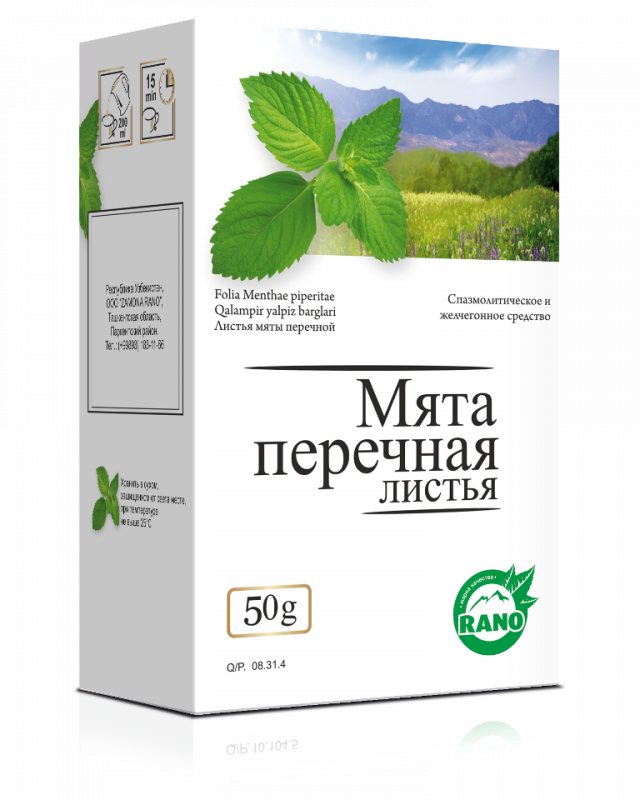

If desired, ready-made raw materials can be bought at the pharmacy
How to grow lemon balm on the balcony?
Melissa is a perennial plant and is easy to grow on your balcony to always have tasty and fragrant leaves and shoots at hand. In order for lemon balm to grow with you for sure, you first need to fuss with seedlings. Purchase a container for it from the store and a nutritious earth mixture, adding one-third of the sand to it.
In March, spill the soil in a box with hot water, apply it, and plant dry lemon balm seeds. Sprinkle on top with 0.5 mm of soil, cover with foil and place in a warm place until germination. Lemon balm seeds germinate for 2-3 weeks. Spray the soil with warm, settled water 2 times a day. After emergence, remove the film and water carefully in the usual way as the top layer of the earth dries up.
In early May, mature seedlings can be planted on a balcony under the open sky. Melissa is a semi-shrub with a creeping surface rhizome, therefore, for a permanent place, a wide and shallow container is needed, always with holes in the bottom. First, pour the drainage into it with a layer of 2 cm, on top of fertilized loose soil. Pour it with warm, settled water and carefully, trying not to damage the roots, transfer lemon balm seedlings into the container. If the plants do not tolerate the transplant, then spray them with Epin solution. Further care consists in loosening and watering with used tea leaves.
Melissa lemon grows slowly in the first year of life. In the fall, bring the plant into the room, let it delight you with its spicy taste and aroma all winter. If this is not possible, then with the onset of cold weather, carefully wrap the shoots and remove the box down the balcony. Let them spend the winter quietly. And in early spring, the plant will give many friendly shoots and leaves. Cut off the shoots, leaving the stems at a distance of 10 cm from the ground, and lemon balm bushes will soon delight you with their splendor. Flower buds should be pinched off as they emerge.
Although lemon balm is demanding on light and heat, it tolerates a slight drop in temperature without problems. With a lack of sunlight or a high seeding density, lemon balm has a slightly weakened aroma.
Cooking recipes
Decoction for anemia and tachycardia
2 tablespoons of dried lemon balm are chopped, poured with 1 liter of water, boiled for 15 minutes over low heat. Insist for half an hour. Take 2 glasses, 4 times a day.
Soothing tea
Take 1 tablespoon of lemon and peppermint leaves, St. John's wort, linden and hawthorn flowers. 1 tablespoon of the collection is poured with 1 glass of boiling water, wrapped and left for 15 minutes.
Breast health tea
Mix 1 teaspoon of chamomile, lemon balm and calendula. Pour the collection with 1 glass of boiling water. Insist, covered with a lid, for 15 minutes. Drink like tea.
Summer tonic drink with lemon balm
Chop 50 g of lemon balm leaves, washed and dried. Grind 50 g of icing sugar. Mix 1 liter of mineral water with 50 g of lemon juice and crushed lemon balm, beat in a blender. When serving, pour into glasses and add a few edible ice cubes.
Infusion for dry, irritated skin
Mix 1 tablespoon of chamomile inflorescences and lemon mint herbs. Pour 1 tablespoon of the resulting collection with 1 glass of boiling water, leave for 30 minutes. Strain the infusion and use for wiping.
Bath for hands that are flaky from the cold
Grind a small bunch of mint, lemon balm, sage and brew with 2 cups of boiling water. Insist for 30 minutes, strain, add 1 glass of kefir. Dip your hands in the infusion for 10 minutes. Finally, rinse with warm water and grease with nourishing cream.
Useful properties of lemon balm
We recommend reading our other articles
- The best varieties of strawberries
- Fungicide Acrobat
- Biopower adhesive
- When to plant peppers for seedlings in 2020
Lemon balm herb is very useful, it improves brain function, relieves headaches, serves as an excellent diaphoretic and anti-inflammatory agent. In addition, it calms the nervous system and is a natural antidepressant.
Lemon balm helps with a number of problems in the gastrointestinal tract. It normalizes its functions, stimulates appetite, relieves spasms, helps in the fight against constipation and flatulence, enhances gastric motility, has a beneficial effect on stomach ulcers and improves digestion.
Lemon balm infusion has long been used to treat heart disease, atherosclerosis, anemia, neuralgia, migraine and genital dysfunctions.
The plant has a diuretic effect, helps to eliminate excess fluid and reduce edema.
Lemon mint lotions relieve pain from bee and wasp stings.
This plant is also used to treat fungal diseases, dandruff, eczema, shingles, acne, as well as to strengthen the immune system.
Outwardly, lemon mint is used for rinsing the mouth for herpes, toothache and gum disease, for compresses for rheumatism, gout, skin diseases.
Lemon balm essential oil is a good antiseptic. It is added to aroma lamps (in order to cleanse the lungs and quickly get rid of a viral infection), as well as in baths (as an excellent pain reliever for inflammation of muscles and joints).
It is not for nothing that Melissa was nicknamed "the female herb". It helps to put in order the weight, softens the manifestations of toxicosis, normalizes the menstrual cycle and facilitates its course. Breastfeeding women often use lemon balm infusions to increase the production of breast milk.
Lemon mint - what kind of plant it is, what family it belongs to
Lemon mint belongs to the Lamiaceae family and is perennial. Melissa is unpretentious in care, therefore it grows well both in summer cottages and in the wild. Since the plant is not picky about the soil, you can not change the planting site for 6 years. Lemongrass is also an excellent honey plant in indoor conditions.
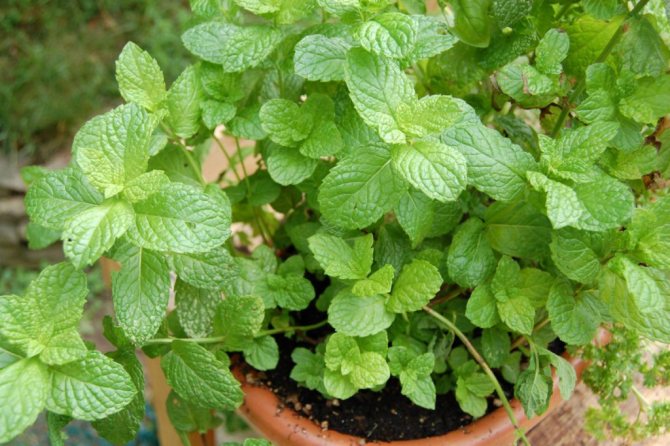

What does lemon mint look like?
Additional Information! Lemon balm contains vitamins B and C, tannins.The smell of lemon in the plant due to the content of essential oils in the leaves.
A short description of what it looks like
Melissa grows to a height of 30-150 cm. The stem has 4 edges with petiolate leaves in the form of a heart. On the edge of the leaves there are teeth. Lemon mint has small flowers, lilac, white, light pink. Lemongrass blooms in July-August.
How it differs from regular mint
Since both plants belong to the same family, their leaves are the same shape. Unlike mint, lemon balm has a branched stem. An ordinary plant has flowers collected in a spikelet, and lemongrass has false rings.
Note! Lemon balm has a lemon scent, a common plant has a pronounced mint aroma. Lemon mint contains fewer essential oils.
What is useful in treatment and household
The medicinal herb is widely used in folk medicine. There are recipes for tinctures for shortness of breath and other diseases of the respiratory system. helps the plant against diseases of the heart and blood vessels. It is good to take the plant for problems with the nervous system, neuroses, hypertension. Recipes consisting of medicinal mint with the addition of spotted milk thistle, yarrow, and immortelle are useful for health. Use a useful herb should be on the recommendation of a doctor, as contraindications are possible.
Lemon mint is used in cooking. The original taste allows mint to be used as a condiment. Lemongrass mint goes well with fish, meat, game, mushroom dishes. Melissa kills bacteria, therefore it is used in canning fruits and vegetables, imparting a fresh aroma. Green tea is very useful, to which lemon balm and honey are added.
Contraindications for the use of lemon balm
Lemon balm is one of the most effective medicinal plants, therefore, it can be taken only according to indications and not exceed the recommended doses. Also, decoctions and infusions of lemon balm cannot be taken orally for such diseases:
- epilepsy;
- hypotension;
- exacerbation of stomach or intestinal ulcers;
- liver failure;
- individual intolerance.
When treating with lemon balm, there may be some inhibition of reactions, drowsiness and decreased concentration. Therefore, the use of decoctions and infusions of lemon balm should be abandoned by drivers, people working with dangerous mechanisms and at work requiring maximum concentration of attention.

